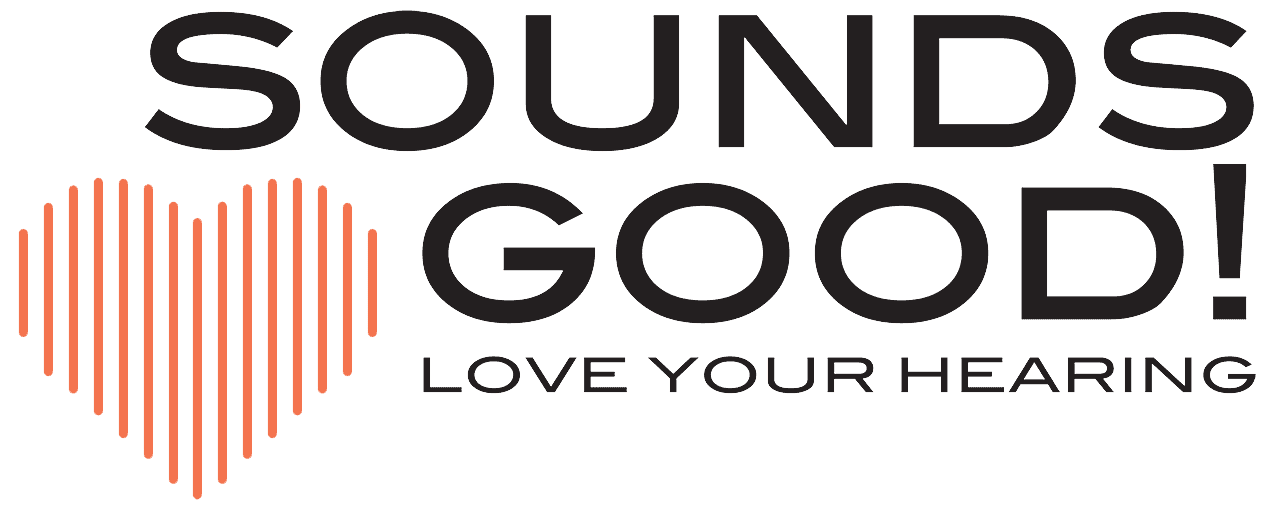Onsite Hearing Services St Louis Park, MN, Burnsville, MN
Risk Assessment
When taking measurements of noise levels in the workplace, it is important to include all actions that workers may perform. If, for example, an area measures 75 dBA, but a worker’s duties include striking a metal surface with a hammer, the worker must be engaged in that action when measurement is taken, as the action is likely to raise the noise level significantly. Similarly, other nearby workers must also be engaged in regular duties, as this also contributes to the actual noise level that any worker will experience on the job.
Risk of hearing loss demands action from employers if the following conditions are measured:
- Average noise levels meet or exceed 85 dBA over an 8-hour period
- Maximum noise levels reach 115 dBA or higher
- Peak levels (transients) reach 140 dBA or higher
- If worker shifts are longer than 8 hours, acceptable average levels may be lower than 85 dBA
Hearing loss risk assessment is an ongoing process. Regular measurement is important, especially when something has changed in the workplace. Examples of significant changes might include replacing or adding a machine, moving machines around on the floor, and building or removing physical barriers that may reduce or increase the amount of noise reaching the ears of employees.
Will a Hearing Conservation Program Be Necessary?
If you wonder whether your work environment is too noisy, it probably is! Accurate measurements are still required to gauge the specific requirements of your hearing conservation program, but you can guess that one will be necessary if:
- You have to raise your voice to be understood by a person standing 3 feet away.
- You or other employees experience “ringing in the ears” at the end of a workday.
- The car radio seems too loud when you turn it on in the morning, or too quiet when you leave work.
Hearing Conservation Program
Workplaces in which the TWA (time-weighted average) of employees’ noise exposure measures 85 dBA or higher—or other of the conditions above are measured—are legally obligated to establish a hearing conservation program at their own expense. A hearing conservation program has a number of goals, including:
- Prevent occupational hearing loss
- Preserve and protect remaining hearing among those who have hearing loss
- Provide workers with knowledge and hearing protection devices to avoid hearing loss
Research has shown that workplaces where effective hearing conservation programs are in place have higher productivity and lower absenteeism. At the same time as a hearing conservation program benefits employees’ health and well-being, it benefits the employer’s bottom line as employees are prepared to engage more effectively with the demands of the job.
Sounds Good! can help to fulfill the requirements of a hearing conservation program by offering onsite hearing services—including hearing tests, training sessions, and more. By offering these services onsite, we allow you to keep operations running while completing employee hearing tests, training, and any other hearing-related services you plan to offer. We will work with you to establish the most effective hearing conservation program for your work environment.

Hearing Tests

